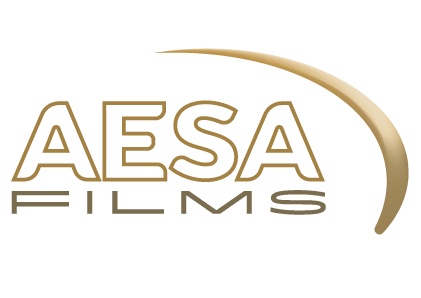Chapter 8 Casting The Right Actors
8.1 What is Casting?
Casting is an important part of the pre-production process. It involves auditions for key and background roles in a film or television project.
Casting refers to the process of choosing actors for roles in a show, film, or commercial. Casting directors are hired by producers to manage the casting process. This includes screen tests, auditions, and callbacks. A casting director may hire a team of people to assist with the administrative and organizational aspects. Casting directors are responsible for finding the best talent to fill the roles. They then present the options to producers who make final casting decisions. Most actors audition for roles in TV programs, plays, and films. However, some actors are given roles without auditioning based on their previous performance or ability to attract targeted audiences.
8.2 Why is Casting Process Important?
It is an important part of filmmaking because it can have a significant impact on how critics and audiences view a film. The right actor will enhance your production, while a poorly cast role will make it less credible and have a negative impact on the project. It can be difficult to find the right talent for a particular role. This requires both critical analysis and intuition.
8.3 Hooking Your Cast
The following tips will provide a breakdown of the key steps you should take to cast your project.
8.3.1 Breaking down your script
Casting directors will review the screenplay and create descriptions of each role. These descriptions are then combined into a casting breakdown, which includes information about the roles, such as the appearance of the characters, age range, and backstory.
8.3.2 Sending the breakdown out
Casting directors may set up an online audition or send the casting information directly to talent agents. Post the casting breakdown online on relevant casting forums or casting sites to search for lesser-known actors that might be suitable for the role. The breakdown can be sent to a talent agency to help them determine who is available to fill the role. They may also recommend the best actors.
8.3.3 Both sides of the dialogue
There are two major types of auditions used during the casting process: in-person auditions and self-tape auditions. In the latter one, the talent records the audition and sends it off to casting. To make the casting process more efficient, provide both sides of the relevant dialogue to an actor, as well as the actions you want them to perform. Sides can be used to help the casting director visualize a specific actor in the role or eliminate them altogether.
8.3.4 Calling back some actors
Casting is a process that involves seeing as many actors as possible in order to increase the number of candidates you have. To determine if an actor is a right choice for the role, you may have to call them back multiple times. To make the best casting decision, you should compare their performances with other potential actors. Callbacks allow the casting department to narrow down their search for the ideal performer and allow the team to look at another viable option.
8.3.5 Screening test
A screening test is a filmed audition in which an actor plays both sides on camera. Screening tests are used by the casting department to evaluate performance, wardrobe, makeup, as well as the on-screen chemistry between actors. You will need to make sure that your actors work together well and have good compatibility.
8.3.6 Final selection
The casting department handles the talent selections, but the director(s) and producer(s) decide who to cast for the role. You should choose the actor who best fits the role and the budget.

